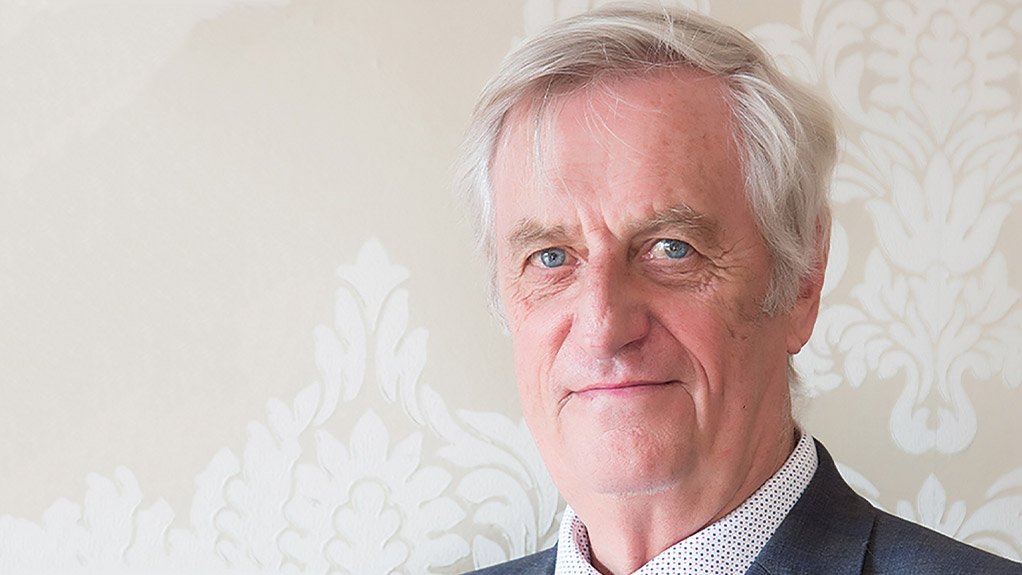As President of the Southern African Institute of Mining and Metallurgy (SAIMM), reflecting on the mining industry since our transition to democracy in 1994 is an honour, and it is also a reality that this is but part of a longer SAIMM journey, which began in 1894. This year the institute celebrates 125 years.
After the dark days of apartheid, but before liberation, it became increasingly clear that something exciting was about to happen, from the late 1980’s. This, and the subsequent euphoria after the elections, created great hope for the country, as well as for the mining industry. However, translation of democratisation into the industry proved difficult, due to many legacy issues in terms of work structure, work practices, migrant labour and legislation, coupled with an industrial relations environment that was driven by politicisation.
This created the need for major structural changes and led to the unbundling of large corporate institutions, and the development of a new minerals policy, and the enactment of the Mineral and Petroleum Resouces Development Act. Subsequently, the Mine Health and Safety Act and the establishment of the tripartite organisations such as the Mining Qualifications Authority and the Mine Health and Safety Council, created the atmosphere for dialogue, and this undoubtedly was instrumental in the remarkable improvements that we have seen in mine health and safety since 1994.
Our mining industry has also, over the last 25 years, had to move from a purely profit based, internal and shareholder focus, to become a more engaged and complete corporate citizen, in terms of community engagement and environmental protection, involving an ever-widening group of stakeholders. This the industry continues to do, as it moves voluntarily beyond mere compliance.
However, it has not been all plain sailing. Rapidly escalating costs and declining productivity have had a devastating effect on our production output, as mines became more marginal in the gold sector in particular. After the ‘super cycle’ ended, difficult days appeared, with a sudden increase in mine closures and retrenchments, and the devastating impact of the five-month long platinum industry strike in 2014. The Marikana massacre on August 16, 2012, represented one of the darkest days of the industry and the wounds have still not healed.
Since the election of our current President, Cyril Ramaphosa, a ‘new dawn’ has emerged which is epitomised by dialogue and transparency, and a collective desire to make the industry work.
These have been an exciting 25 years and we can be proud of our individual, corporate and institutional efforts that have brought us to where we are, despite the challenges along the way, and to create a bright future for the next 25 years.
EMAIL THIS ARTICLE SAVE THIS ARTICLE ARTICLE ENQUIRY
To subscribe email subscriptions@creamermedia.co.za or click here
To advertise email advertising@creamermedia.co.za or click here











